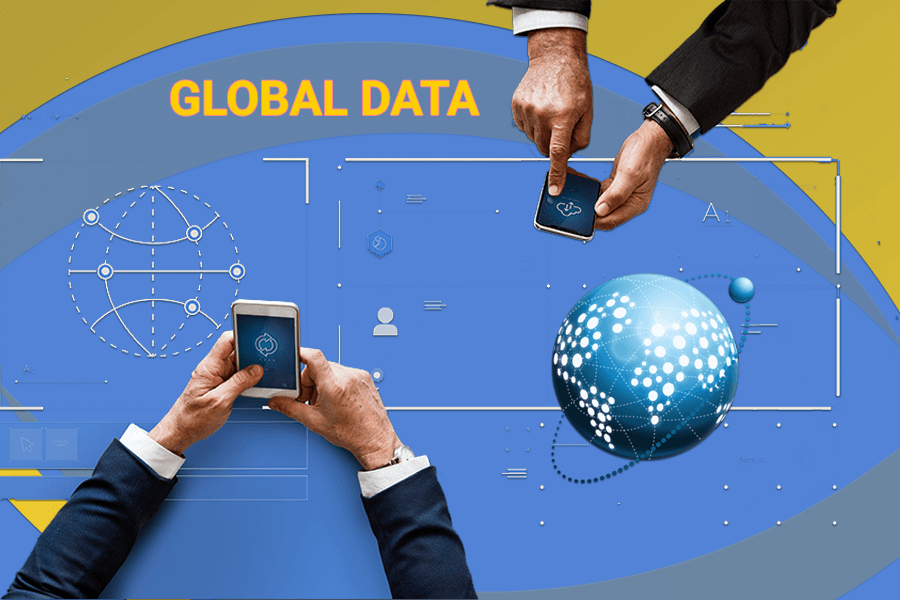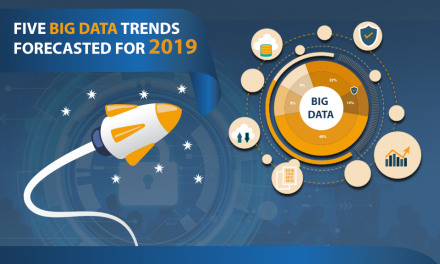Imagine you are participating in an archery contest in the Olympics.
You have one shot left, and you need to hit the target to get the gold medal.
You take in a deep breath, trying to reflect on everything you know — all the practice and all the ideology that you have mastered over the years. Finally, you aim at the target, and well, it is a win! You finally won!
Now, when taking the shot, you have to consider many factors, such as wind speed, body positioning, and bow positioning.
You might ask what a game of archery has to do with data-driven marketing?
To answer that question, the archer’s situation is similar to when a marketing manager of a specific company plans a marketing campaign.
The latter has to take into account a variety of factors like the interest of the audience, the message to be delivered using the marketing campaign, the sales pitch and much more.
To make the perfect shot, you need an appropriate arrow; the right data-driven marketing strategy is necessary for the achievement of your data marketing campaigns.
Also Read: 5 Big Data Trends for 2019
Understanding Data-Driven Marketing
With data becoming the center of businesses, it is not surprising that data-driven marketing has become the focal point of discussion in the marketing landscape. Data-driven marketing has led to many successful marketing campaigns, and touting it as the future of successful marketing campaigns is a safe bet to make.

As the data of your customers become easily accessible, C-level executives get an easy sneak-peek into individual interests and needs of their end users. A report by marketing research company Insights Report states that 87% of the marketers agree that despite the availability of data it is not used to the best of its ability. The proper usage of data is vital in the creation of a successful data-driven marketing strategy.
Data-driven marketing is not a complicated thing to understand. The basic concept of it is to pull analysis collected through big data and understand consumer behaviors. Data-driven marketing makes reliable predictions for marketer’s courses of action.
Through this data, a company can understand the association of the brand with the consumers. It also helps in understanding the messages you need to put forth to influence them in to buy your product/service.
The end goal of data-driven marketing is to use data to create a more personalized buying experience for your consumers.
There are however some subtle differences that pop up between the textbook definition and the actual implementation of the strategy.
The collection of data will happen through a variety of sources like surveys, online forms, directly asking the consumers and different other methods.
The amount of data that comes into your systems may cause some marketers to back down although it takes time to organize the data into neatly arranged patterns, which help your business better. However, it is well worth the effort. Data enables you to understand your customer at a deeper level and allows you to create content that will satiate their needs and interests.
Also Read: How to use data to improve B2B Personalization in 2020
Data-driven marketing strategy
Data-driven marketing starts even before the product is launched. When you understand the preliminary needs and interest of the audience and the market to see if it is fit for the market.
For such a process to be successful, you need to collect data from a variety of sources, including social media platforms and survey forms, which can be filled up by people you consider to be the target audience.
Companies who already have a product in place can use the feedback data. They can also track their competitors to find what is in trend or what works for them. Companies who do not invest in storing and managing big data will lose out the race, eventually leading their business to surmounted loss.
Marketers should use data-driven marketing to understand consumers better and use innovative methods to re-target them.
Things to Keep in Mind
When you want to implement a data-driven marketing strategy, you should consider some essential elements. These elements are applicable irrespective of whether you’re just starting with data-driven marketing or if you are using it to augment a current product/ service. Below are summarized six tactics that you can use to build a successful data-driven marketing strategy for your brand.
1. Commit to a Particular Plan
Companies must allocate some time and effort to make this data-driven marketing strategy work. Have a particular plan in place and stick to it. Yes, minor changes have to be incorporated. But you should learn to work around those. Regularly changing your plans will divert you from your target. Companies cannot achieve their goals if they fail to put stay on track.
So, learn to commit to a particular plan.
2. Integration & Automation
When you undertake a data-driven marketing strategy, a massive influx of data is inevitable. However, it is easier said than done; the inflow of large sets of data is enough to faze even the most accomplished marketer.
Having an automation tool that segregates the data as per your business objectives is essential. You will not be burdened with data segmentation and can focus on creating a compelling message for your marketing campaign. This is what you need ideally for the success of the data-driven marketing strategy. You need to integrate and automate (to ensure that your attention stays fixed on more crucial tasks).
3. Build the Best Team
When you have to implement data-driven marketing successfully you need to have a strong team around with the necessary technical skills. The people in your team should be willing to work across departments.
To gather data, you need to take the right initiative and deploy the necessary tactics as required by the business. It might seem like a task, but if you decide to be persistent, the results can be highly satisfying.
As the marketing team, you need to understand the intricacies of data collection and segmentation. You can seek assistance from the IT team as they can identify what kind of data is most necessary.
In short, people should be able to step out of their comfort zone to work together and profit the business in the long run.
4. Data-Driven Marketing Strategy Should Give a Wholesome Consumer Experience
The whole purpose of data-driven marketing is to improve the market share of your company. With data-driven marketing, you should seek to create the best experiences to your users based on the data.
Now, this data can include their interests, likes, dislikes, and preferences. This data can be used to personalize the offering so that it meets the ever-changing demands of the end users.
Also Read: 15 B2B Stats to Know About
5. Leveraging Connectivity
The limitations faced by marketers previously was severe. Their reach was limited. It was not possible to sell a product/service to a global audience.

However, all of it is in the past now. With the availability of the internet, your website is accessible to audiences far and wide; just by a click of a button. The world has become more connected than it was before.
The advent of the internet and the various channels on it has made it easier for businesses to get connected to their target audience easily. This also indicates that collecting data is secure. This data can be used to establish a well thought out data-driven marketing strategy that doubles up as a go-to-market strategy.
With such connectivity at the tip of your fingers, companies set lofty goals and bring in maximum returns on ROI spent.
You need to leverage this connection and make sure that you are collecting the right data.
6. Measure, Optimize, Measure Again
The best part about data-driven marketing is the ability to track it continuously. In data-driven marketing, all your actions will be based on reliable data.
With data-driven marketing, marketers can understand if their campaigns are performing well or not and what part of their campaigns induces purchases of the product or service.
When such insights are available, they can see if there were any mistakes made or if it had some ambiguity to it. This can allow them to rectify their mistakes in a way, which ultimately renders their campaigns more personalized.
By consistently being on top of your marketing campaigns you will reduce the room for error and mishaps that may occur if you turned a blind eye towards them. It also greatly increases your ROI as people relate better with a personalized and a relatable marketing strategy.
Final Thoughts
Data-driven marketing is still in its infancy. This is because most of the companies are still realizing the use of large sets of data.
Using all the data sourced from customers, the marketers can come up with a robust data-driven marketing plan that personalizes the product/service offering and taps into the exact needs and desires of the end users.
Automated data segmentation tools and artificial intelligence will simplify data-driven marketing over time, and when predictive analytics is thrown into the mix as well then the marketers can make a string bet on what the customer’s next purchase is going to be, and this is a huge heads up for the entire marketing world.
Bonus tip: Export authentic and verified sales leads for your business limitlessly from leadscampus.com
So, keep these points as mentioned above in mind when creating a data-driven marketing strategy for your business. If you want more tips and techniques about data-driven marketing, subscribe to our blog today.
Have suggestions or feedback to give? Connect with us now. We would like to hear from you.




Recent Comments